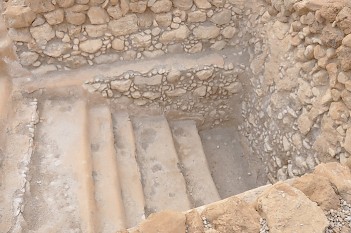First Law of Archaeology
First Law of Archaeology: ironical name for a tendency among archaeologists to explain things they do not understand as religious.

The problem with archaeology is thar the ancients didn't bother to write explanations for future excavators of what they had left behind. If only King Priam had written a note “this place was sacked by Achaeans”, we would not have been forced to listen to boring debates about the presence of LH IIIc1 sherds in a Troy VIh context. It's sad but true, but the ancients didn’t care about the questions we are asking.
So how do we interpret those finds? Basically, the main tool for archaeologists is to look for parallels in comparable societies. To explain why ancient megalithic monuments were built, archaeologists have been looking at similar monuments on Java, where dolmens have been built more recently; the explanation that made sense in the recent past was projected back on the Stone Age.
A second tool is the study of texts: those knives we find in a tomb in, say, northern England, must belong to a surgeon, because we have a picture of those instruments on a small mausoleum in Ostia, where an inscription says that the dead owner was a physician. The written word explains the silent object.
However, not every problem can be solved with these two tools. But here, another principle comes in handy: if you do not know what it is, it has something to do with religion. So, an unusual building in Qumran becomes a monastery. Bones in an unexpected place become evidence for a ceremony. A set of terracotta figurines resembling women becomes a sanctuary for the Great Goddess.
This principle is known as the First Law of Archaeology – and yes, that is sarcasm.